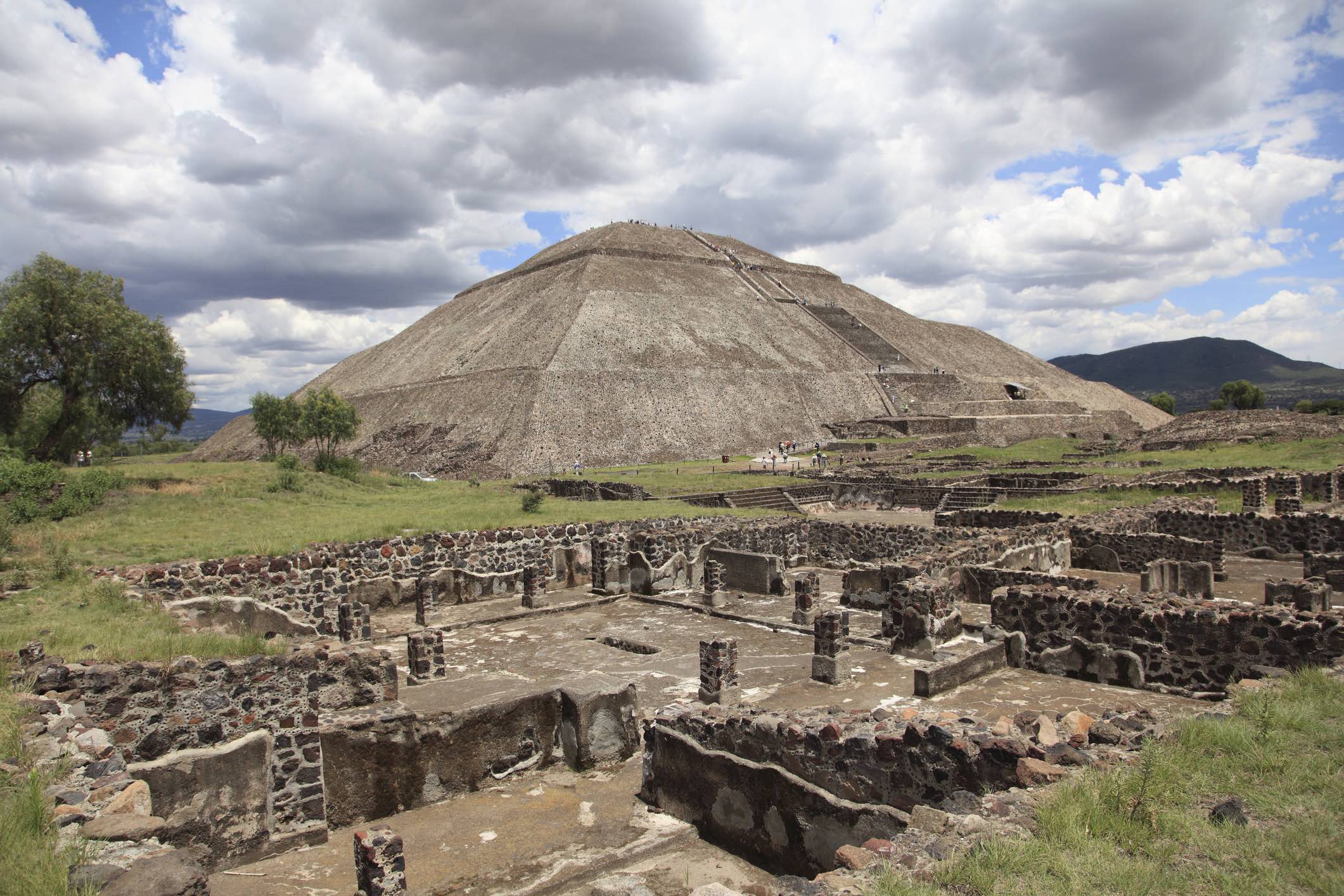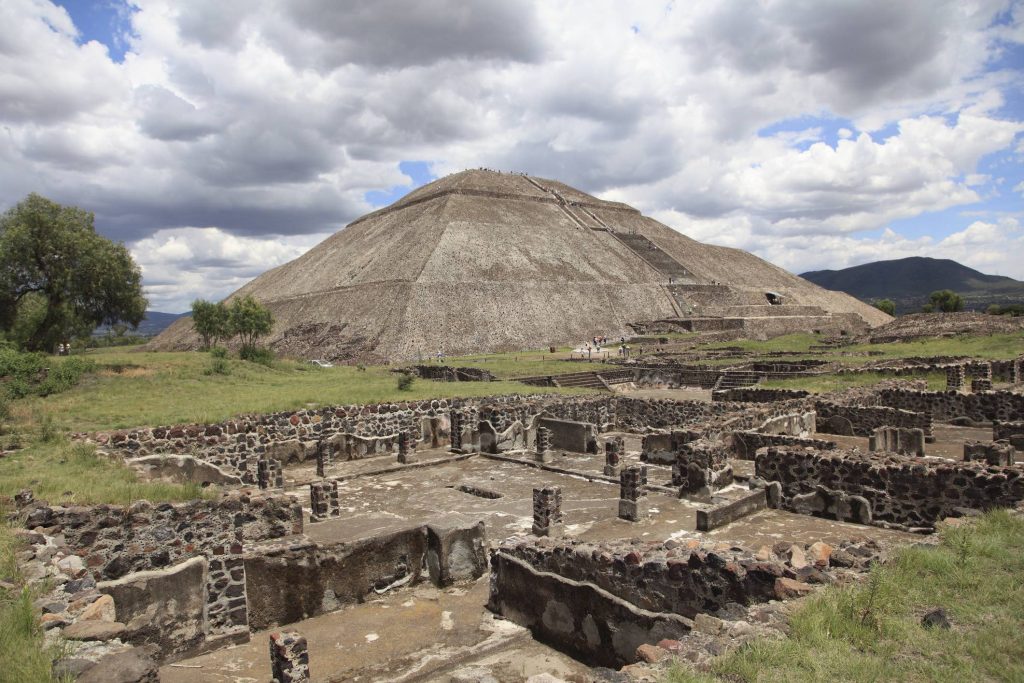On April 14, the pre-Hispanic city of Teotihuacán played host to a tournament of Mesoamerican ballgame–also known as pitz in Classic Maya–as part of a celebration of pre-Columbian identity. Hundreds of people flocked to the Mexican city in order to compete, watch, and take in the sights and sounds of the ancient sport, which historians claim has been around for over 3,000 years in the region.
The players were dressed in traditional pants while going shirtless otherwise, and the crowd participated by dressing up in garb from the pre-colonial peoples. According to TeleSur, teams competing in the tournament came from all parts of Mexico, as well as other countries from what was then the Mesoamerican region (Belize, Guatemala, El Salvador, Honduras, Nicaragua, and Costa Rica).
One of the organizers for the championship, Armando Osrio, stated that people should take pride in this game, saying that “what I want is for us Mexicans to realize that we have much richness [in our culture], as much as in arts, crafts, and sports, and we ought to be proud because we are the first country in the world to have a ballgame.”
The game resembles an early form of soccer, but its history is more complex and less consistent than the world’s most popular sport of today. Each society that played a version of Mesoamerican ballgame had its own rules and guidelines, from the version played over the weekend in Teotihuacán–which focuses on keeping a rubber ball on the court by hitting it only with the hips–to the more famous proto-basketball game, which had players using the hips to hit a ball into a hoop-like stone circle.
Apart from sporting reasons, the Mesoamerican ballgame also held religious significance for multiple societies, as well as being utilized as an anti-war deterrent. For example, in the era of the Aztec emperor Axayacatl, a version of the game, called ōllamalitzli, was played to resolve conflicts with the neighboring ruler of the city of Xochimilco.




